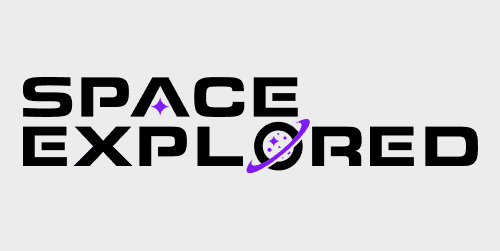
NASA has added two new science missions to its slate of future explorations to study the Sun. The two missions will cost just over $100 million to better understand how the Sun works and how it affects us here on Earth.
The Extreme Ultraviolet High-Throughput Spectroscopic Telescope Epsilon Mission, or EUVST, and the Electrojet Zeeman Imaging Explorer, or EZIE will help NASA and an international cooperation of researchers study how the Sun’s atmosphere and Earth’s magnetosphere work, two parts of the solar system we still don’t fully understand.
EUVST, which is led by JAXA, is a mission to study how the atmosphere releases solar winds and coronal mass ejections into the solar systems. These charged particles have a strong affect on Earth as well as on spacecraft around the solar system.
EZIE will be staying closer to home while studying the magnetosphere. More specifically, it will study the aurora and how it might be linked to the Earth’s magnetosphere which is heavily affected by solar winds as well.
“We are very pleased to add these new missions to the growing fleet of satellites that are studying our Sun-Earth system using an amazing array of unprecedented observational tools. In addition to my enthusiasm at selecting a pioneering multi-point observatory focused on the auroral electrojets, I am particularly excited to follow up the success of the Yohkoh and Hinode solar science missions with another international collaboration with JAXA and other European partners on EUVST.”
Thomas Zurbuchen, Associate Administrator for Science, NASA
EUVST is a major project, and EZIE will use a trio of cubesats traveling high above Earth’s atmosphere. While the first mission is a Japanese led mission that will most likely fly on one of Japan’s very capable rockets in 2026, we could see EZIE and its cubesats fly on a U.S. rocket. The small sat launcher market is a crowded one with many companies hoping to fly these cubesats for the flight no earlier than 2024.
Enjoy reading Space Explored?
Help others find us by following on Apple News and Google News. Be sure to check us out on YouTube, Twitter, Facebook, and Instagram, join our Discord!
FTC: We use income earning auto affiliate links. More.

Comments